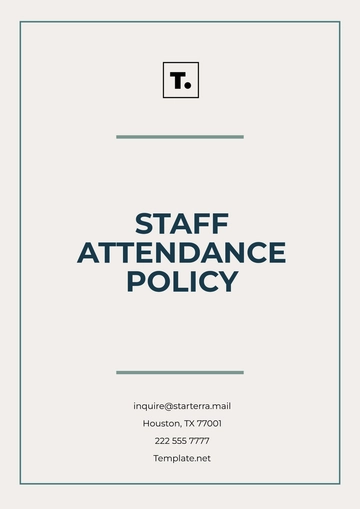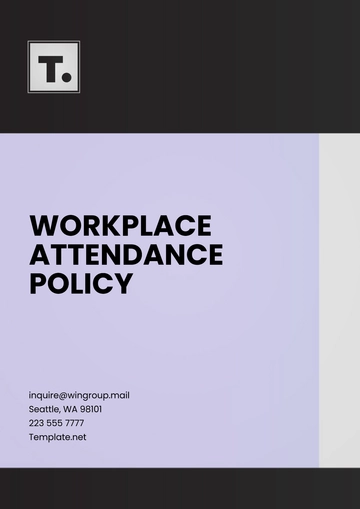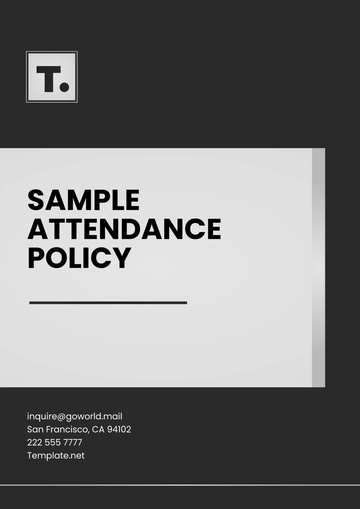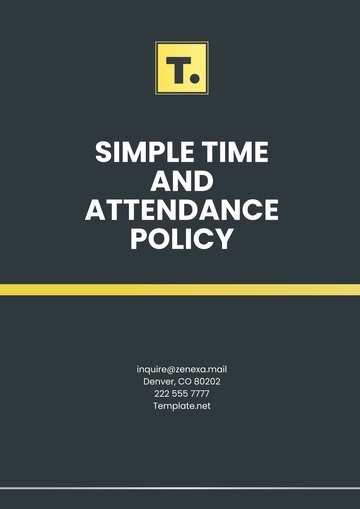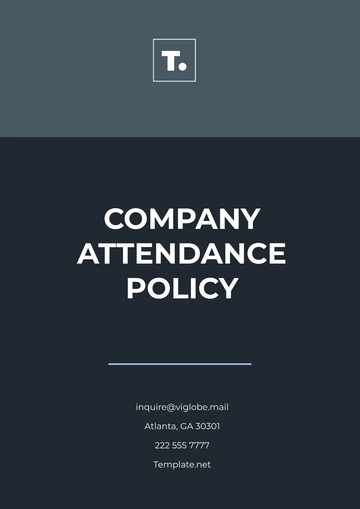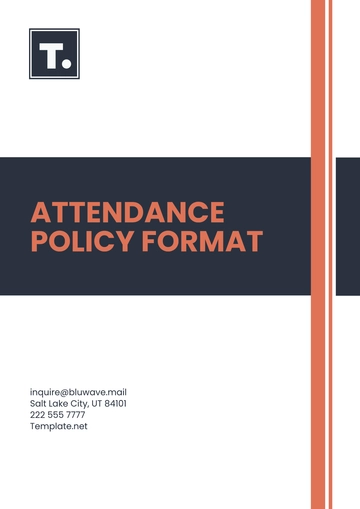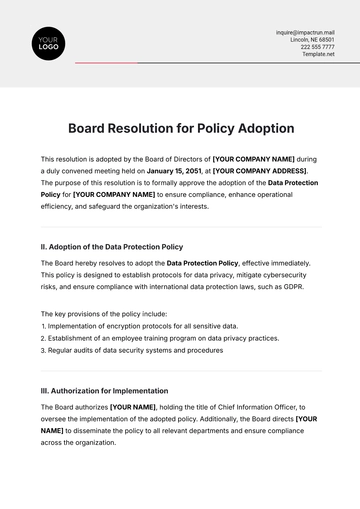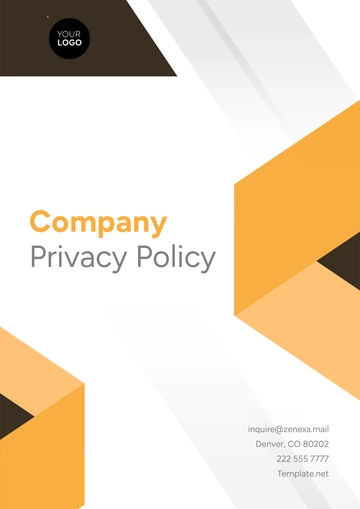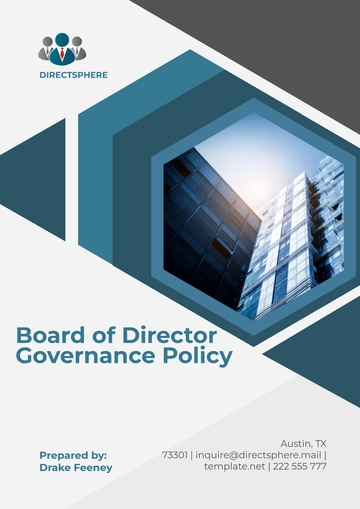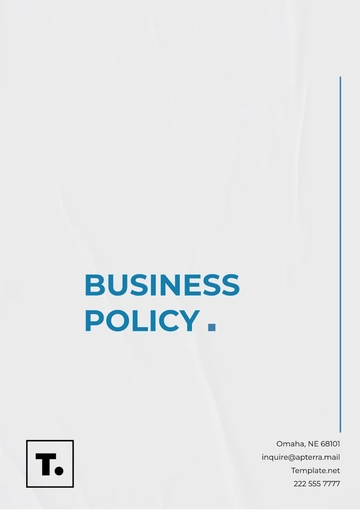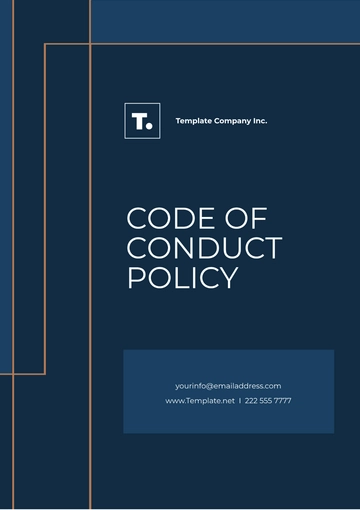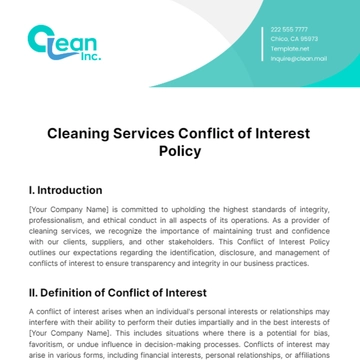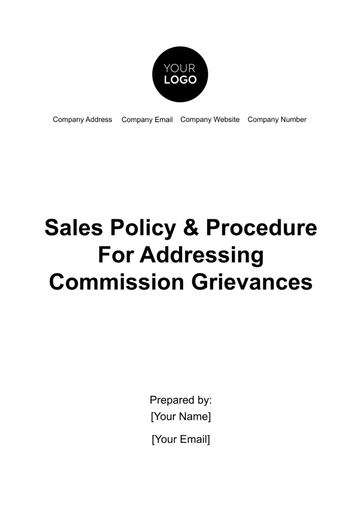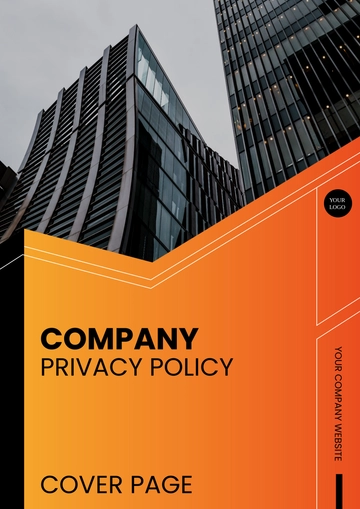Free Legal Corporate Information Governance Policy
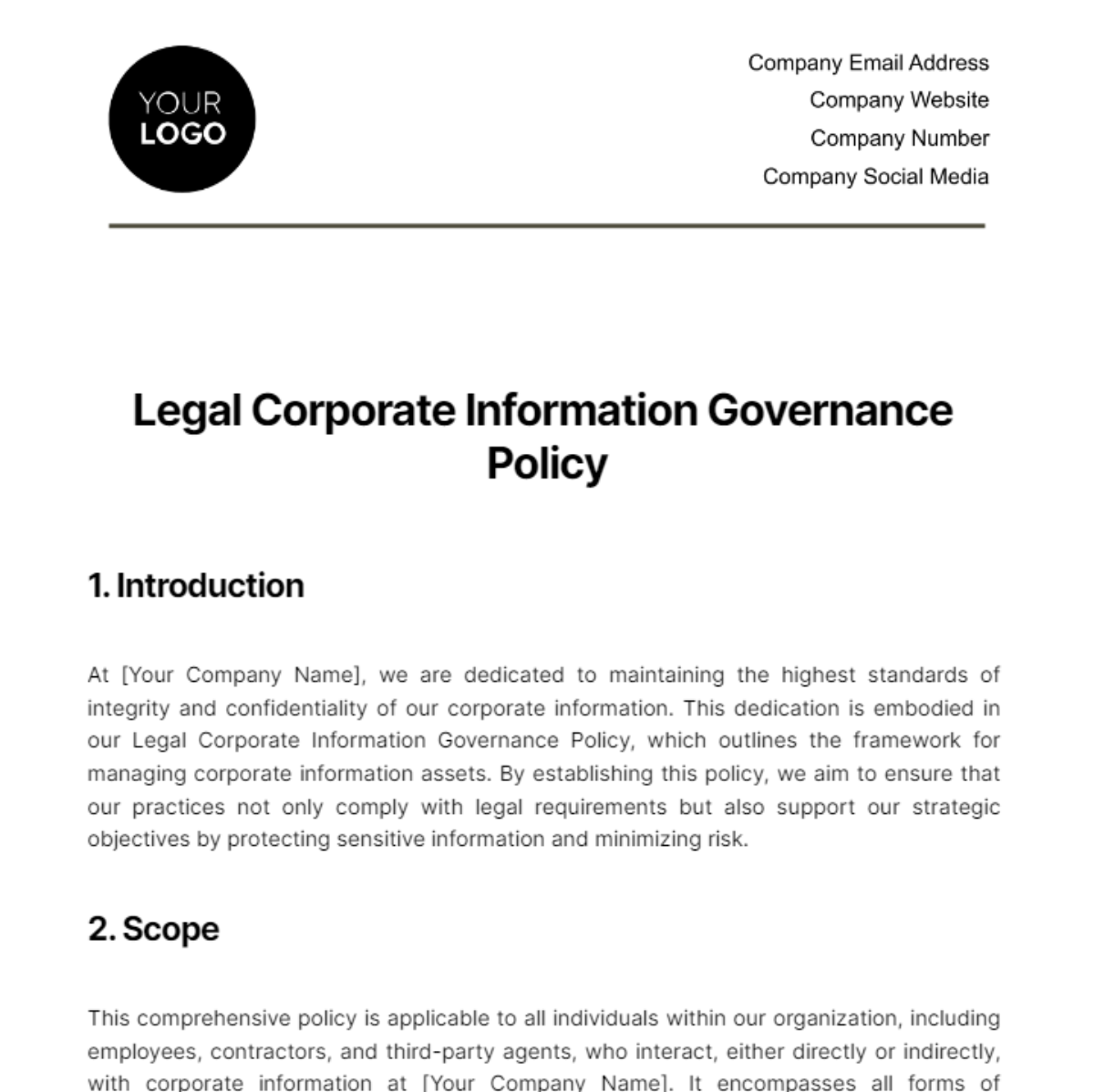
1. Introduction
At [Your Company Name], we are dedicated to maintaining the highest standards of integrity and confidentiality of our corporate information. This dedication is embodied in our Legal Corporate Information Governance Policy, which outlines the framework for managing corporate information assets. By establishing this policy, we aim to ensure that our practices not only comply with legal requirements but also support our strategic objectives by protecting sensitive information and minimizing risk.
2. Scope
This comprehensive policy is applicable to all individuals within our organization, including employees, contractors, and third-party agents, who interact, either directly or indirectly, with corporate information at [Your Company Name]. It encompasses all forms of information, regardless of medium, ensuring that our data handling practices are uniform and secure across the board.
Category | Applicable Individuals | Type of Information | Scope Details |
|---|---|---|---|
Employees | All levels and departments | Digital and Physical | Includes full-time, part-time, and temporary employees. Covers all corporate data they access, create, or manage, from internal reports to client data, across all departments. |
Contractors | External individuals or entities engaged for specific tasks | Digital and Physical | Pertains to contractors hired by [Your Company Name] for various services, encompassing any corporate information they handle in the course of their duties. |
Third-party Agents | Affiliates, partners, and service providers | Digital and Physical | Applies to any external parties that interact with [Your Company Name]'s information, including vendors, partners, and service providers. |
Information Mediums | - | Digital (emails, documents, databases) and Physical (printed documents, notes) | Encompasses all formats through which information is stored, shared, or managed, ensuring comprehensive coverage. |
Data Handling Practices | - | - | Covers practices related to the creation, storage, access, transmission, and disposal of information to maintain uniformity and security. |
3. Policy
In this section of the Legal Corporate Information Governance Policy, we lay the foundation for the safeguarding and responsible management of [Your Company Name]'s information assets. Our comprehensive policy outlines the structured approach to information classification, handling, storage, access, retention, and disposal, ensuring that every aspect of our data governance meets the highest standards of security and compliance.
3.1 Information Classification and Handling
To safeguard our corporate assets, all information must be meticulously classified according to its sensitivity and criticality. This classification dictates the handling protocols, ensuring that each category of information receives the level of protection it warrants. From confidential and proprietary documents to publicly accessible data, each classification level is defined with clear handling, sharing, and protection guidelines.
Classification Level | Type of Information | Handling Protocols | Protection Guidelines |
|---|---|---|---|
Highly Confidential | Trade secrets, legal documents | Strict access control, encrypted storage and transfer, mandatory non-disclosure agreements | Highest level of security measures, including physical security and cybersecurity protections |
Confidential | Employee data, internal reports | Access limited to authorized personnel, secure storage and transfer | Strong encryption and access controls to prevent unauthorized disclosure |
Internal Use Only | Project details, internal policies | Controlled access based on role, secure storage | Basic encryption and security measures for data integrity and confidentiality |
Public | Marketing materials, press releases | No restrictions on access but controlled dissemination | Standard security practices for integrity and availability |
3.2 Information Storage
The secure storage of corporate information is paramount. Our policy mandates the use of approved, secure storage solutions that align with our Information Governance standards. These standards are rigorously applied to all information storage systems, whether digital or physical, to mitigate risks associated with data breaches and loss.
Storage Type | Approved Solutions | Security Measures | Compliance Requirements |
|---|---|---|---|
Digital Storage | Cloud services, encrypted databases | Encryption, multi-factor authentication, regular backups | Compliance with international data protection laws |
Physical Storage | Secure filing cabinets, access-controlled rooms | Locks, surveillance, access logs | Adherence to physical security protocols |
3.3 Information Access
Access to information within [Your Company Name] is governed by the principle of "need to know." Authorization for access is tightly controlled and requires explicit approval from designated authorities. This policy also includes mechanisms for the regular review of access permissions to adapt to changing roles and responsibilities within the organization.
Review Trigger | Review Process | Responsibility | Outcome |
|---|---|---|---|
Role Change | Assess the necessity of access based on new role | Human Resources and IT Department | Update access permissions accordingly |
Project Completion | Review access rights post-project | Project Managers and IT Department | Revoke access no longer required |
Periodic Review | Scheduled audits of access rights | IT Security Team | Ensure access levels remain appropriate |
3.4 Information Retention and Disposal
Our policy outlines clear guidelines for the retention and disposal of information, adhering to the Corporate Retention Schedule. This schedule specifies the retention periods for different categories of information, after which the data must be securely disposed of, in accordance with legal and regulatory requirements, to prevent any unauthorized access or use.
Information Type | Retention Period | Disposal Method | Documentation Required |
|---|---|---|---|
Financial Records | 7 years | Secure shredding (physical), digital wiping (digital) | Certificate of Destruction |
Employee Records | 5 years post-employment | Secure shredding (physical), digital wiping (digital) | Certificate of Destruction |
Project Documents | Duration of the project + 2 years | Secure shredding (physical), digital wiping (digital) | Disposal Record |
Public Relations Materials | 2 years | Recycling (physical), deletion (digital) | Documentation not required |
3.5 Compliance
Compliance with this policy is non-negotiable. We have established stringent procedures to prevent the unauthorized access, alteration, or destruction of information. Non-compliance will invoke serious repercussions, ranging from disciplinary measures to legal proceedings, underscoring our commitment to information security.
3.5.1. Compliance Enforcement and Monitoring
Procedure | Description | Responsible Entity |
|---|---|---|
Regular Audits | Scheduled and unscheduled audits to review adherence to information governance policies. | Compliance Department, IT Security Team |
Access Monitoring | Continuous monitoring of information access logs to detect unauthorized access or anomalies. | IT Security Team |
Training and Awareness | Ongoing training programs and awareness campaigns about the importance of information security and compliance requirements. | Human Resources, IT Security Team |
Incident Reporting System | A formal system for reporting security incidents or policy violations, including an anonymous reporting mechanism. | Compliance Department |
3.5.2. Consequences of Non-Compliance
Violation | Consequences | Mitigation Process |
|---|---|---|
Unauthorized Access | Disciplinary actions, up to and including termination. Legal action in severe cases. | Investigation, access revocation, legal consultation |
Data Alteration or Destruction | Disciplinary actions, potential legal proceedings for data breach or fraud. | Investigation, data recovery efforts, legal consultation |
Policy Violation | Disciplinary measures, mandatory retraining, and review of access privileges. | Review of incident, corrective training, access adjustment |
3.5.3. Process for Addressing Violations
Step | Action | Outcome |
|---|---|---|
Detection | Identify violation through audits, monitoring, or reports. | Initiation of investigation |
Investigation | Conduct a thorough investigation to understand the extent and impact of the violation. | Fact-finding and assessment |
Resolution | Implement corrective actions, including disciplinary measures and system adjustments. | Restoration of policy compliance, security improvements |
Documentation | Document the violation, investigation findings, and corrective actions taken. | Record for future reference, legal protection |
Review and Preventative Measures | Review policies and procedures to prevent future violations. | Policy updates, enhanced training, improved security |
4. Review and Update
In recognition of the dynamic nature of information governance, this policy will undergo regular reviews and updates. Scheduled reviews will occur at least once every three years or in response to significant changes in legislation, technology, or organizational structure, ensuring our policy remains relevant and effective.
5. Contact
Should you have any questions or require further clarification regarding this policy, we encourage you to contact us directly at [Your Company Email] or [Your Company Number]. Our team is available to provide the necessary support and guidance.
Policy established in [Year] by [Your Company Name].
- 100% Customizable, free editor
- Access 1 Million+ Templates, photo’s & graphics
- Download or share as a template
- Click and replace photos, graphics, text, backgrounds
- Resize, crop, AI write & more
- Access advanced editor
Streamline your company's legal paperwork with Template.net’s Legal Corporate Information Governance Policy Template. This customizable and editable tool is specifically designed for marketing professionals. Editable in our AI Editor Tool, it offers an efficient way to manage corporate legal data. With seamless access control, utilize this resourceful tool to maintain your legal corporate information. Assure effective governance today!
You may also like
- HR Policy
- Restaurant Policy
- Company Policy
- Accounting Policies and Procedures
- Website Policy
- Privacy Policy
- Safety Policy
- School Policy
- IT and Software Policy
- Law Firm Policy
- Construction Policy
- Interior Design Policy
- Travel Agency Policy
- Education Academic Policy
- Security Policy
- Real Estate Policy
- Expense Policy
- Software Policy




